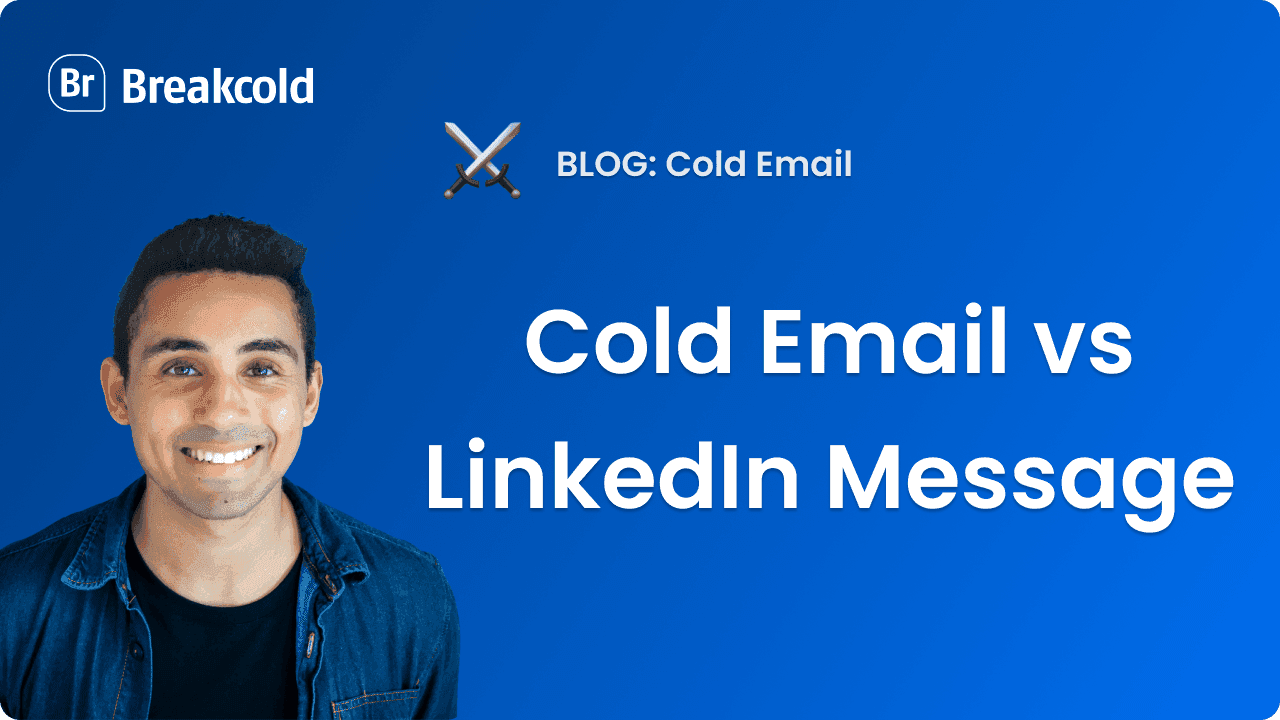
With the rise of LinkedIn messages and LinkedIn InMails as ways to cold outreach prospects, people tend to see cold emailing as a less performing outbound sales channel.
So what is the best channel for outbound sales?
The comparison has been made by taking into account the following elements:
open rate
reply rate
pricing
difficulty to use
deliverability
possibilities of automation
overall results
(For the context of this article, LinkedIn Message means both regular LinkedIn messages and LinkedIn InMails).
1. Cold Email vs LinkedIn Message: what is the best for outbound sales?
Between Cold Email and LinkedIn Message, cold email will always be the best outbound sales channel for its scalability and low barrier to entry. However, it's still worth it to see in details why.
1.1 Open Rate
The open rate is an important metric of outbound sales (cold outreach).
LinkedIn Messages always get opened but you're limited
Cold email open rates are averaging between 50% to 80% for top performers. On the opposite, open rates with LinkedIn Messages is close to 100%.
That's because LinkedIn is designed for you to see your Direct Messages (DMs) when you open the message section.

This picture shows the process to send a LinkedIn DM
However, LinkedIn messages open rates are biased versus cold email ones because you need to be connected to people to send them a LinkedIn DM. You can't send LinkedIn DMs to people that are in your 2nd degree connections, only to the 1st degree connections.
Result: LinkedIn Messages win
LinkedIn Messages win vs cold emails in terms of open rates but we should underline that you can't go with volume compare to cold emailing.
1.2 Reply Rate
The reply rate is one of the key metrics to know if your outbound sales campaign is performing or not.
Lower volume but more replies with LinkedIn Messages
According to this study by SalesBread about LinkedIn outreach, LinkedIn messages can average a reply rate of 39%.
39% is a great stat when you know that with cold emails, the average is around 5 to 15% reply rate. However top cold emailers can top 45%.
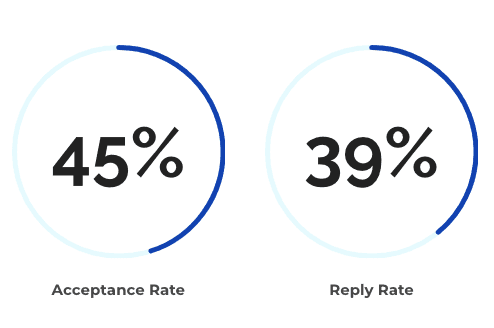
LinkedIn messages reply rate can be high but you're limited with the acceptance rate
If we take average open rates and reply rates, it should go like below.
LinkedIn Messages number of replies example:
100 LinkedIn invites sent
45% acceptance rate = 45 new LinkedIn connections
39% reply rate = 17,55 replies
Cold Email number of replies example:
100 cold emails sent
75% open rate = 75 emails opened
15% reply rate = 11,25 replies
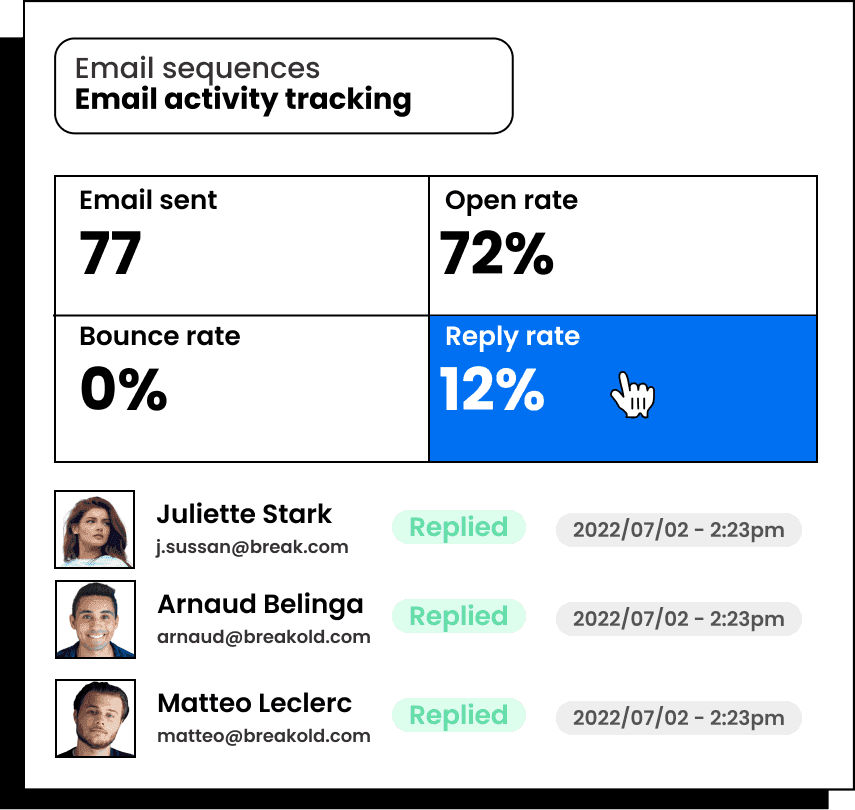
This kind of stats are standard in the market
Result: LinkedIn Messages win
Although LinkedIn messages are limited because you need to be connected with the recipient, you'll get a better reply rate than cold emailing.
1.3 Pricing
Outbound sales can get expensive, let's see which one has the best quality/price.
Both are free but can be paid
Sending cold emails is free, you can get started with Gmail or Outlook. LinkedIn messages are also free.
However both can get expensive if you use LinkedIn automation tools or cold email tools.
Result: On par
Both have the advantages of being free.
1.4 Difficulty to use
Both are easy to use but difficult to get results with
The hardest part about using LinkedIn Messages vs Cold Emails is to find leads to send the emails or messages to in my opinion.
Everyone check their emails but does everyone check their LinkedIn messages? Some people are not even active on LinkedIn. That's why you need to use some tools like LinkedIn Sales Navigator to find active people on the platform.
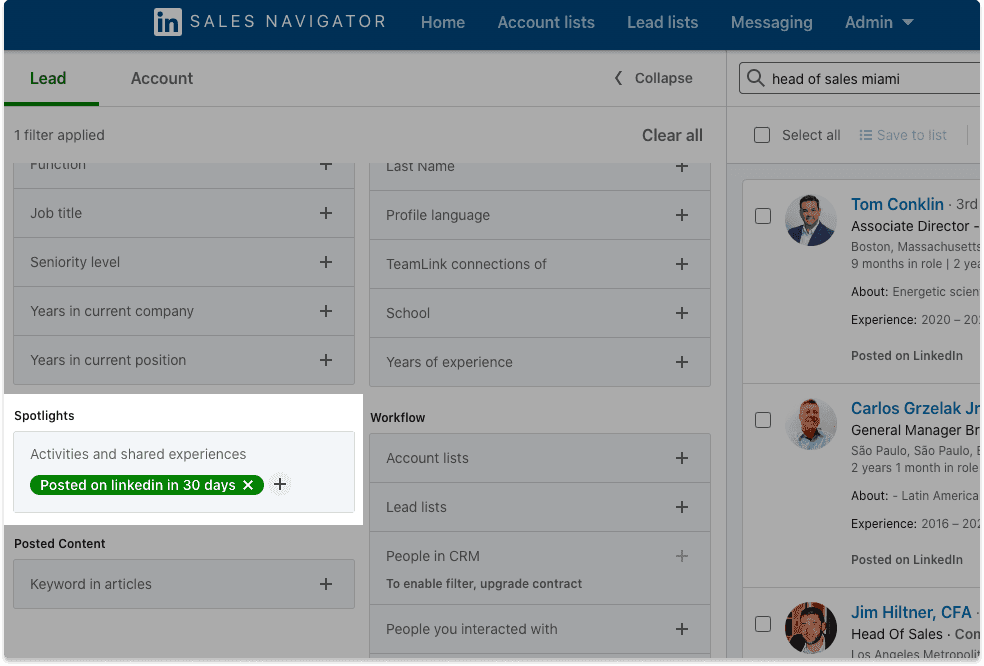
Not everyone is active on LinkedIn, make sure to find people who were active in the last 30 days using Sales Navigator
Finally, cold email is easier to use because you don't need to think about LinkedIn invites limits.
Result: Cold Email wins
Cold emailing is more accessible vs LinkedIn messages because:
you are not limited to how many people you can reach out
people read their emails but check less their LinkedIn account
1.5 Deliverability
Deliverability is a hot topic in emailing but is it for LinkedIn prospecting?
Cold emails can go to the spam folder
LinkedIn messages always land in the primary inbox while cold emails are known to go to the spam folder times to times.
However, only spammers have deliverability problems. SDRs & BDRs don't have this kind of problems a lot. We should add that email warm up softwares help improve your email deliverability a lot.
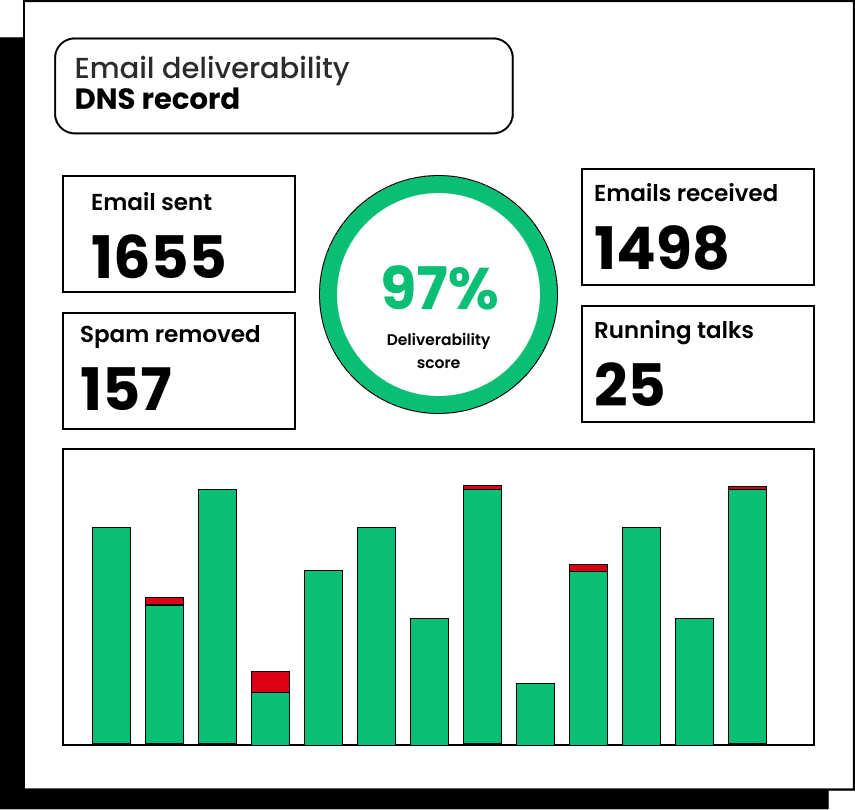
Email warm up limits the deliverability issues of cold emailing
Even if LinkedIn messages don't have deliverability problems, I'd like to point out that not having your LinkedIn invite accepted is actually a deliverability problem.
If people don't accept your LinkedIn requests, you won't be able to send them a DM.

The problem of LinkedIn messages is that you need to be connected with LinkedIn users to reach out
Result: Cold Email wins
As cold email deliverability problems can be solved with email warm up, cold emails is the clear winner vs LinkedIn messages.
LinkedIn DMs only have an acceptance rate between 19% to 40% for top performers. It's like having more than half of your potential messages going to the spam folder which is huge!
1.6 Possibilities of automation
Doing sales outreach manually is great to get started but as you grow and scale, you want things to be automated (especially if you don't have a sales team).
LinkedIn messages automation can get you banned
LinkedIn automation in general gets you banned from LinkedIn, temporarily or permanently. That is not the case with cold email automation.
You can have deliverability problems at scale but like we mentioned above, it can be fixed by email warm up.
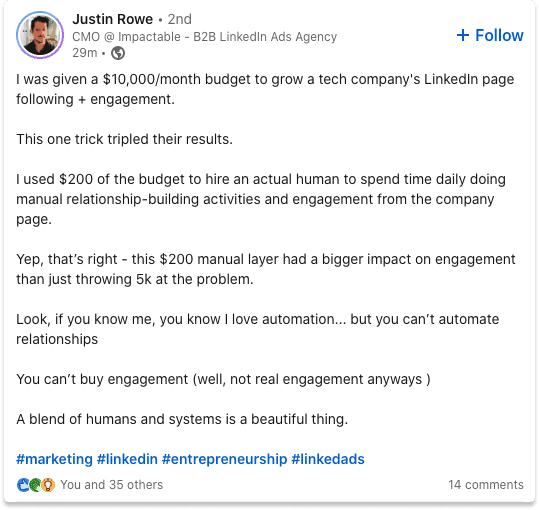
Like this image mentions, automation doesn't solves everything, especially with LinkedIn
Result: Cold Email wins
Cold email wins the match of automation vs LinkedIn messages, hands down.
1.7 Overall result: Cold email wins versus LinkedIn Message
Sending cold emails is more flexible than sending LinkedIn messages, especially when you want to do it at scale.
The only way LinkedIn messages could have won this fight was if the match was about account-based marketing.
2. Cold Email vs LinkedIn InMails: what is the best for outbound sales?
Although they are called 'InMails', LinkedIn InMails just look like LinkedIn messages, that's why they also deserve to be compared to cold emails in this article.
2.1 Open Rate
Which one has the better open rate: the social mails or the real ones?
Both Cold Emails and LinkedIn InMails have similar open rates
According to a study by LinkedIn, LinkedIn InMails have an open rate of 57.5%.
Like we see in the image below, I found it funny that they compared it to the average open rate of email marketing. Why? Because it's completely two different things.
Email marketing is for inbound and LinkedIn InMails are for outbound, they should have read our Cold email vs Email Marketing article!
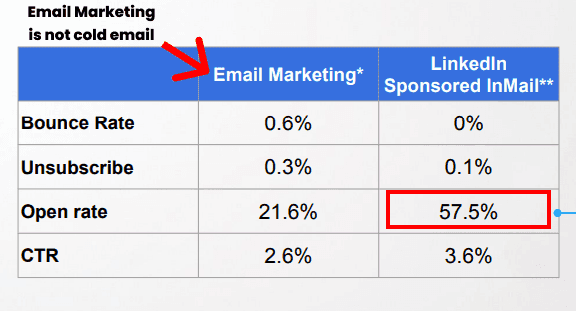
LinkedIn InMails don't have stellar open rates compare to cold emails
Result: Cold Email wins
The fact that they tried to compare LinkedIn InMails with email marketing proves that they were not confident or knew that cold emails yields a better open rate.
That's a fact, average cold email open rate, at least with Breakcold at least 50/60% up to +80%.
2.2 Reply Rate
This article from LinkedIn shows that the response rate of LinkedIn InMails varies depending of its lengths.
0 to 400 characters LinkedIn InMails can get up to 22% reply rate and InMails above 1,200 don't get any replies.
LinkedIn InMails reply rates are similar to cold emails
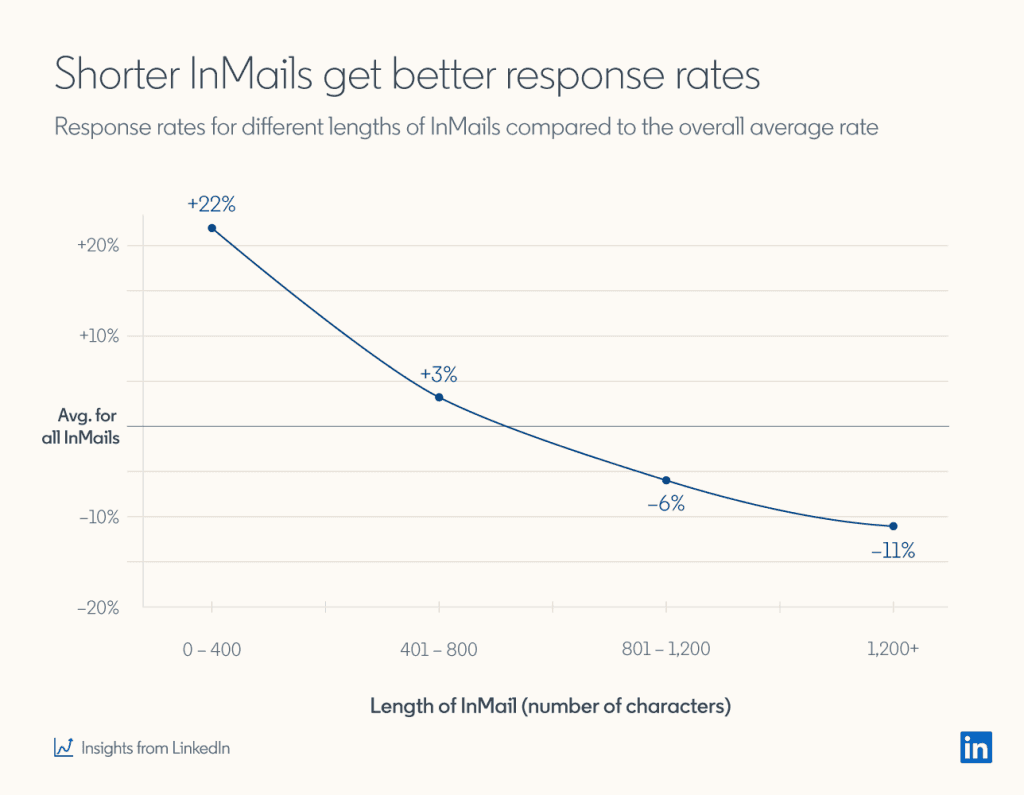
Like cold emails, shorter LinkedIn InMails lead to better response rates
Result: On par
Cold emails get similar reply rates as LinkedIn InMails, so they are equal here.
2.3 Pricing
LinkedIn InMails are expensive.
LinkedIn InMails are not cheap
You can only send LinkedIn InMails if you have a LinkedIn Sales Navigator account which is around $75/month minimum depending on your country.
You only are granted with 100 to 200 LinkedIn InMails a month which is very low then you can buy more of them in packs.
Overall it's very pricy for the low ROI it yields. There's a small hack though, you can send unlimited LinkedIn InMails if you have LinkedIn premium and that the person you want to reach out to also has LinkedIn premium.
Result: Cold Email wins
Cold email wins a hundred times versus LinkedIn InMails when it comes to pricing, the ROI is much better.
2.4 Difficulty to use
LinkedIn InMails work just like traditional Cold Emails
LinkedIn InMails are easy to get started with, like cold emails. However you need:
a LinkedIn Sales Navigator account
to figure out who has a LinkedIn premium account to send unlimited Linkedin InMails if your budget is tight.
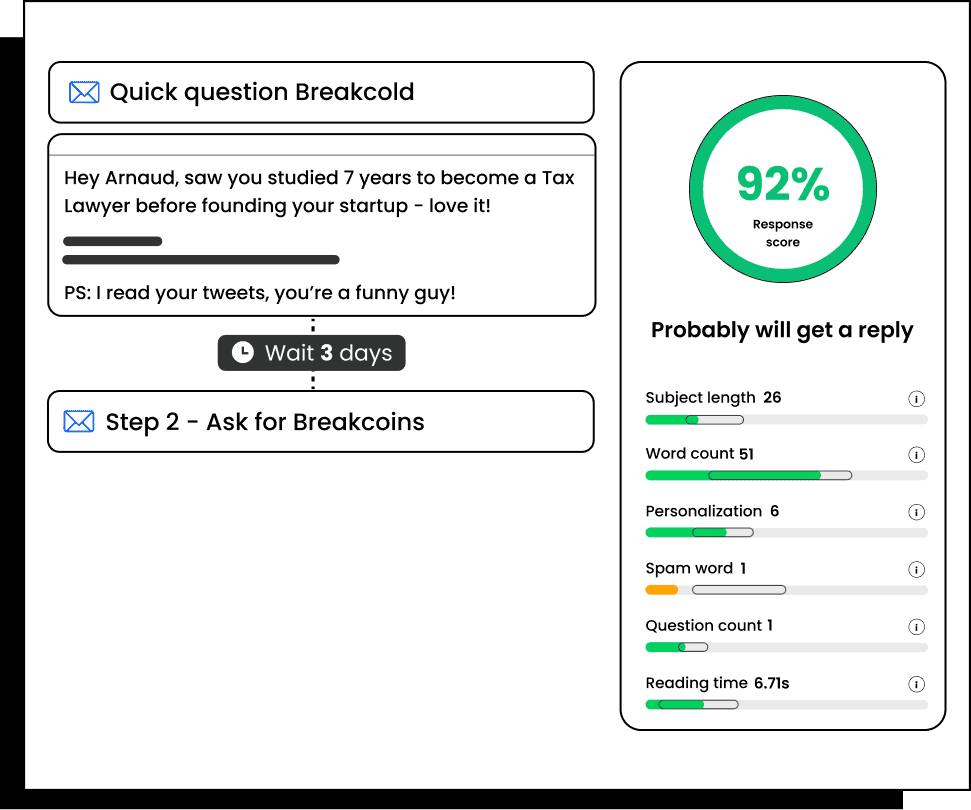
You can automate follow-ups easily with cold emailing
Result: Cold Email wins
Cold emailing, one more time beats LinkedIn InMails because of the low constraints it has.
2.5 Deliverability
InMails might have the upper hand.
LinkedIn InMails always land in the inbox
Both cold emails and InMails land straight to the primary inbox compare to LinkedIn Messages.

LinkedIn InMails & Cold Emails are both powerful to land in the inbox compare to LinkedIn Messages
However, messages sent with InMails will be marked as "InMail" in your LinkedIn inbox. I don't know you but everytime I see an InMail in my inbox, it's a red flag for spam! I think I never replied to an InMail.
On the opposite, you can't know if a cold email is sponsored or not.
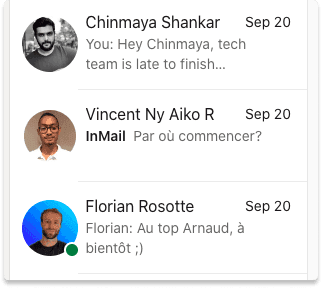
LinkedIn InMails are displayed differently though in the LinkedIn inbox
Result: Cold Email wins
Cold emails look less spammy in the inbox so they win this one.
2.6 Possibilities of automation
LinkedIn InMails can be sent in bulk compare to Cold Emails
LinkedIn InMails, compare to cold emails can be sent in bulk without having deliverability issues. It's a great advantage, however you can only automate LinkedIn InMails within LinkedIn and if you do it outside of it you might get into trouble.

Like cold emails, if you personalized your LinkedIn InMails, they perform better
Result: Cold Email wins
With cold emails, you can build workflows and scenarios depending on the actions of your prospects such as emails opened, emails replies and so on. You don't have that with LinkedIn InMails unfortunately.
2.7 Overall result: Cold Email wins versus LinkedIn InMail
No surprise here when we see that InMails haven't won even a single match.
3. Cold Email vs LinkedIn InMails vs LinkedIn Message: who wins?
If I had to give score in terms of overall performance, it would go like this:
Cold Email: 8,7/10
LinkedIn Message: 8,5/10
LinkedIn InMail: 5/10
The battle was tight with LinkedIn Messages & LinkedIn InMails, but cold email wins the title of best outbound sales channel!
4. How I use Cold Email combined with LinkedIn Message & LinkedIn InMails
The best way to leverage these acquisition channels is to use all of them, let me show you how I do it!
4.1 I regroup all my prospects activities under one feed
This is how I do it:
I import prospects from LinkedIn
I put them into engagement lists in my sales software
I engage with their LinkedIn posts to create a mini B2B relationship before reaching out

4.2 I send a LinkedIn Message if I'm connected to the prospect
This how I do it:
I use my LinkedIn engagement tool to send a LinkedIn message to prospects
I use company news to craft a hyper-personalize message
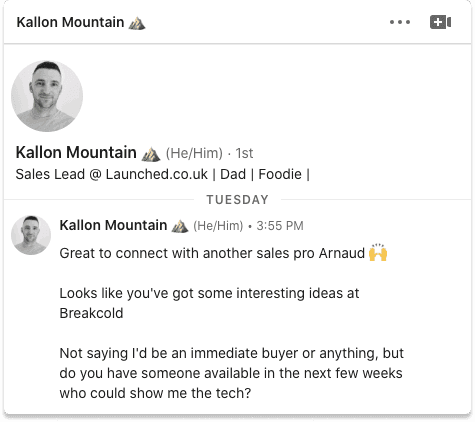
Example of a LinkedIn Message I received, how can you refuse to reply it, impossible!
4.3 I send a Cold Email if I'm not connected to the prospect
This how I do it:
If I'm not connected to the prospect, I engage with his/her posts
I then send a cold email using what I saw on LinkedIn
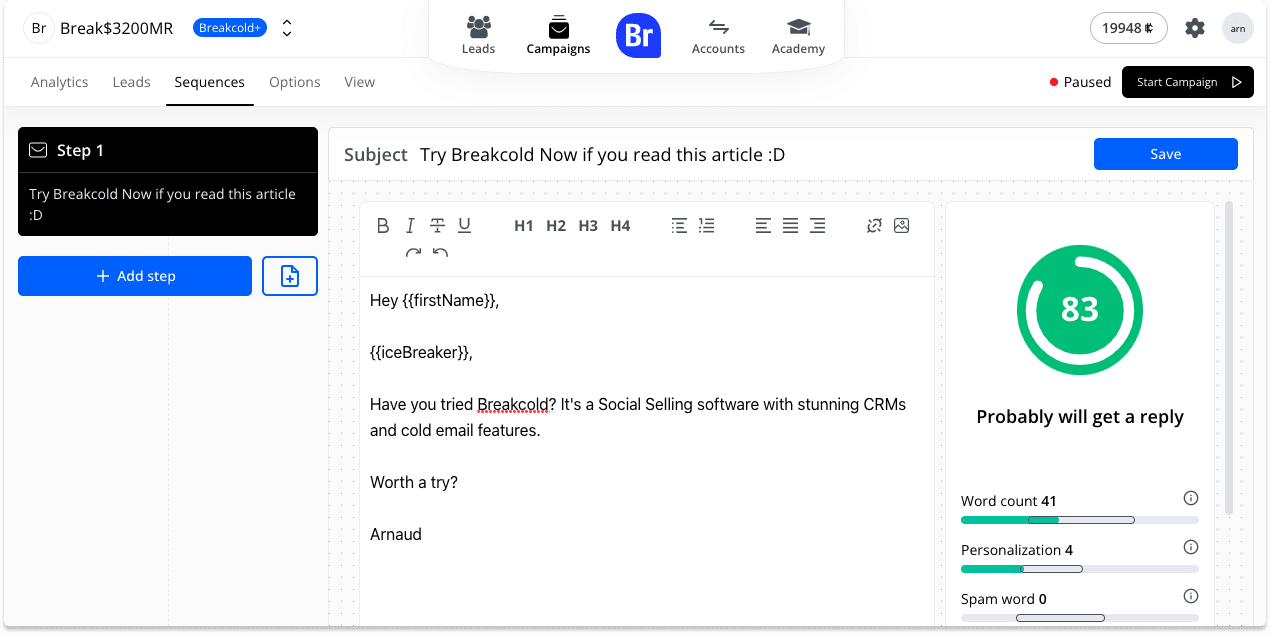
Example of a cold email in a cold email software
4.4 I send a LinkedIn InMail in last resort
This how I do it:
If anything above didn't work
I send a Linkedin InMail but only if it's a high-value lead for my business, otherwise I don't



![How To Improve Your Cold Email Copywriting? [7 Rules]](https://framerusercontent.com/images/F3p5yPpKybRB3m61T0itXjR94.png)
![What Is A Bad, Good & Average Cold Email Conversion Rate? [2025 Guide]](https://framerusercontent.com/images/IUgpPIXxtEgZXqQKluxBuRyM.png)
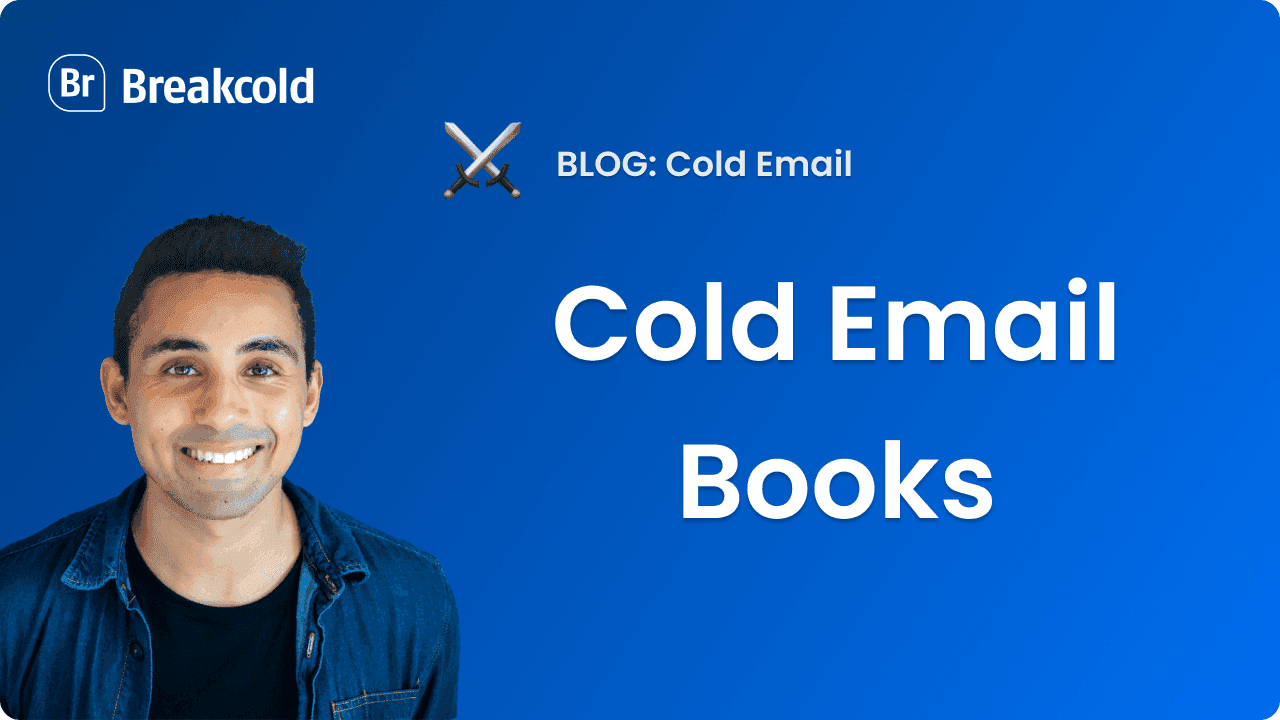
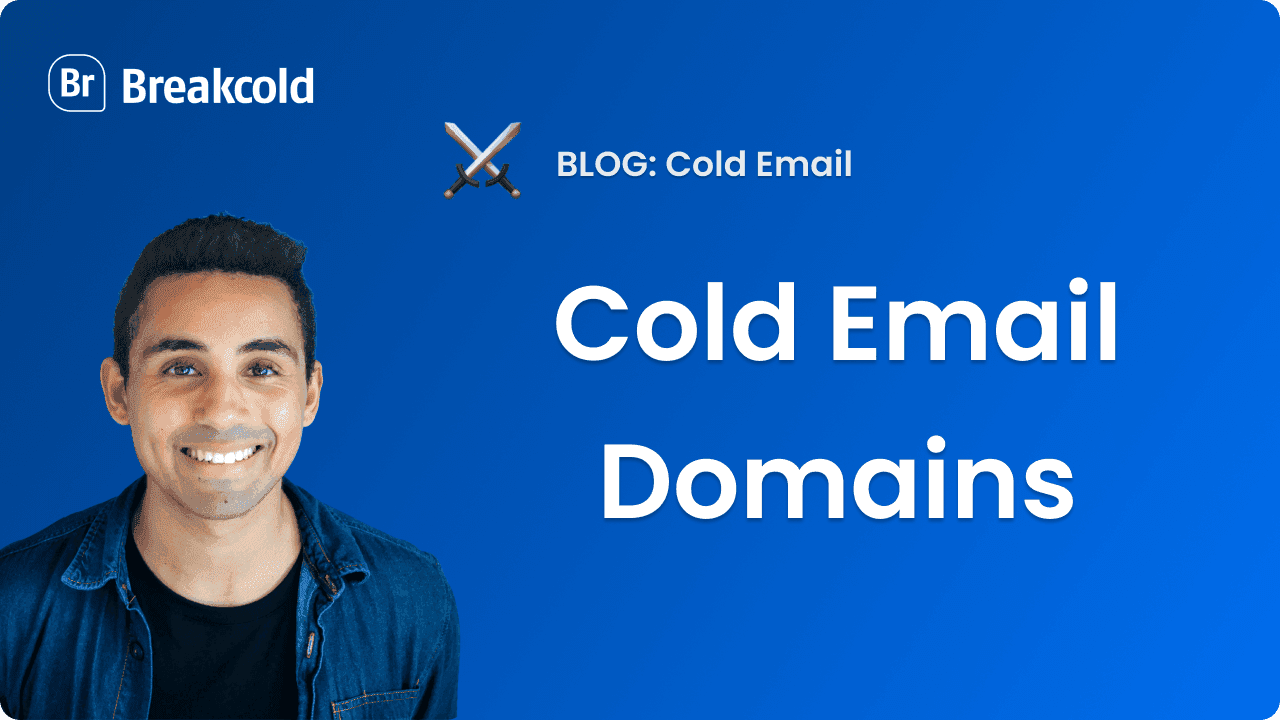
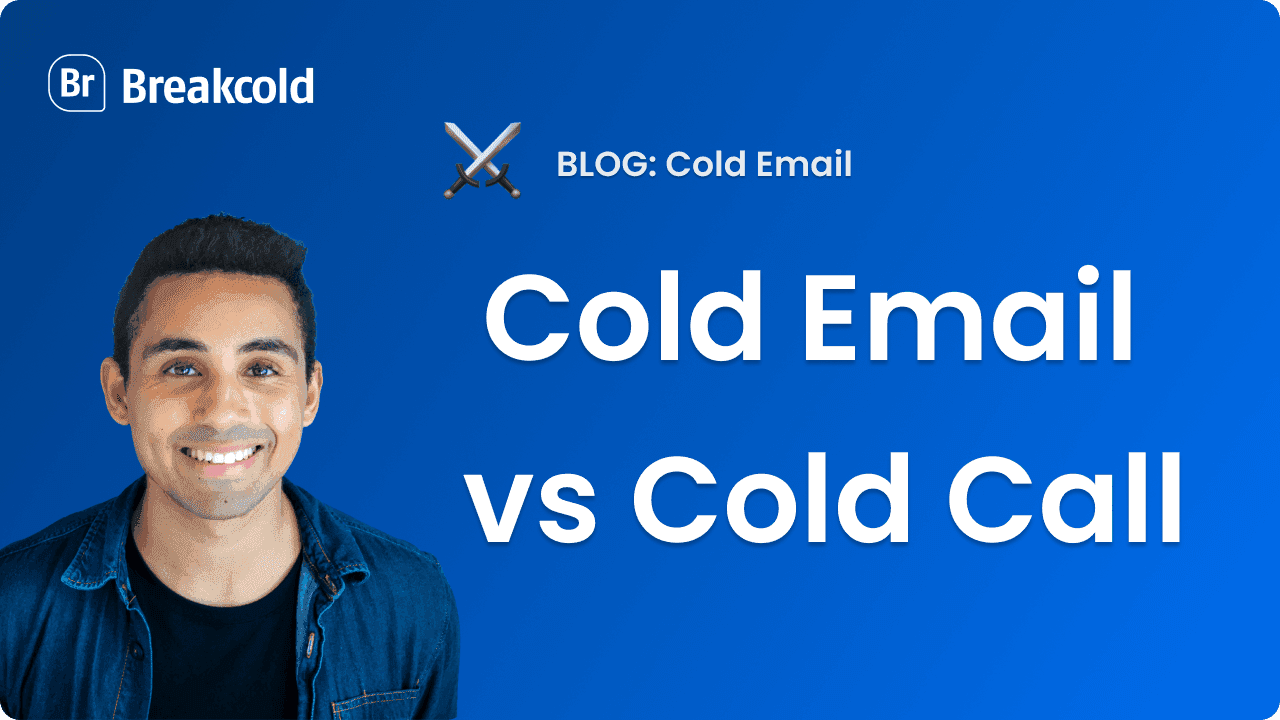

![Cold Email First Line [How To Use Opening Lines 2025 GUIDE]](https://framerusercontent.com/images/HWYMN123ynAStXOnwm2tQzATCQ.png)
![7 Keys To Write the Perfect Cold Email Call To Action (CTA) [With A List of 28 CTAs]](https://framerusercontent.com/images/4EzAyDmsWBJpYMdrrjQbwO6IY0.png)
![Cold Email Closing Lines 2025 GUIDE [How To End A Perfect Cold Email]](https://framerusercontent.com/images/rReLPtmLPrlYgSbhcEPKEa4kzbA.png)
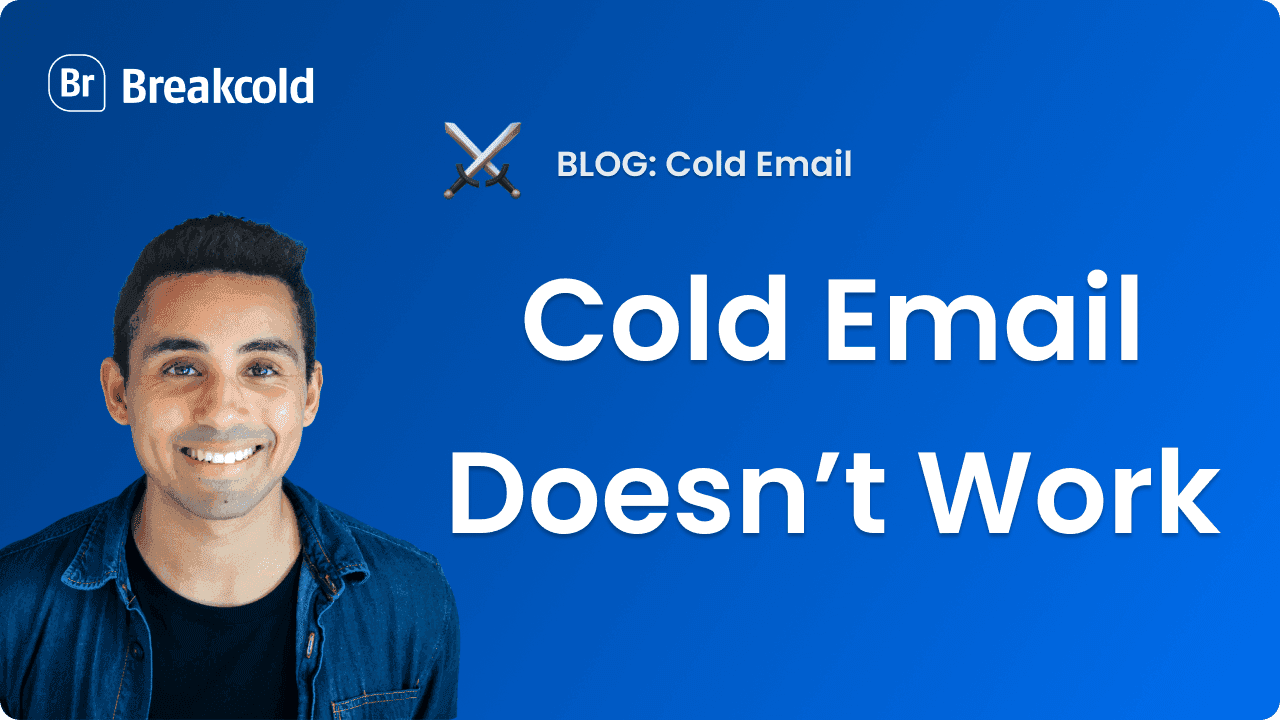
![7 Ways To Get Cold Email Personalization Right [With Examples]](https://framerusercontent.com/images/ZDIInVx3SAVXK92otmO8EAFyWeQ.png)
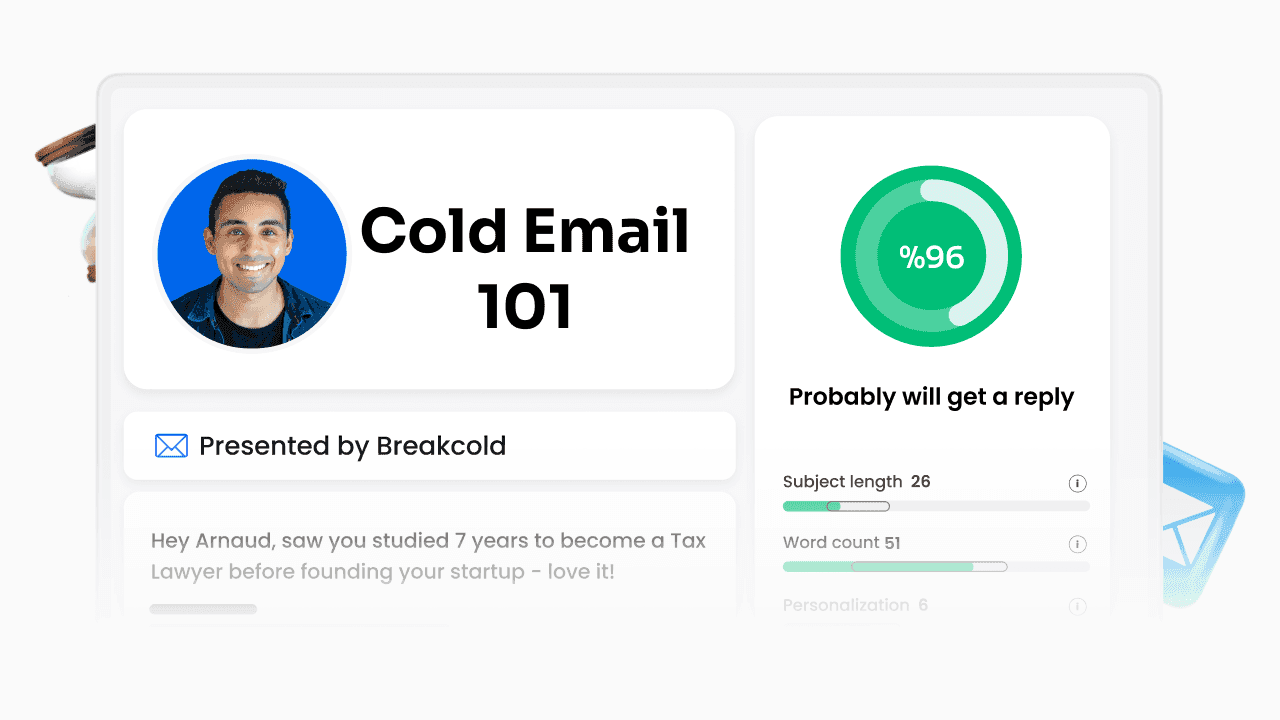
![4 Rules To Write A Cold Email Follow-Up [With 4 Templates]](https://framerusercontent.com/images/hUsEBGBhPHy7xOV1OuyyVOQFkjw.png)

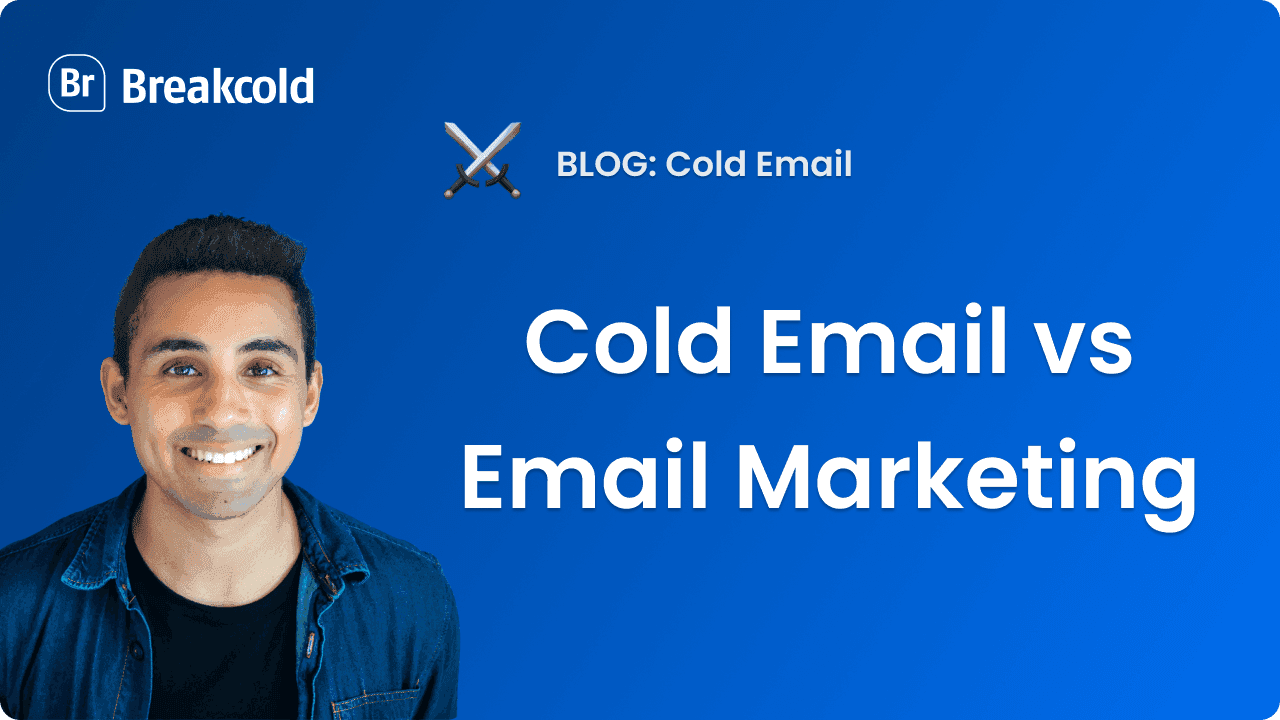
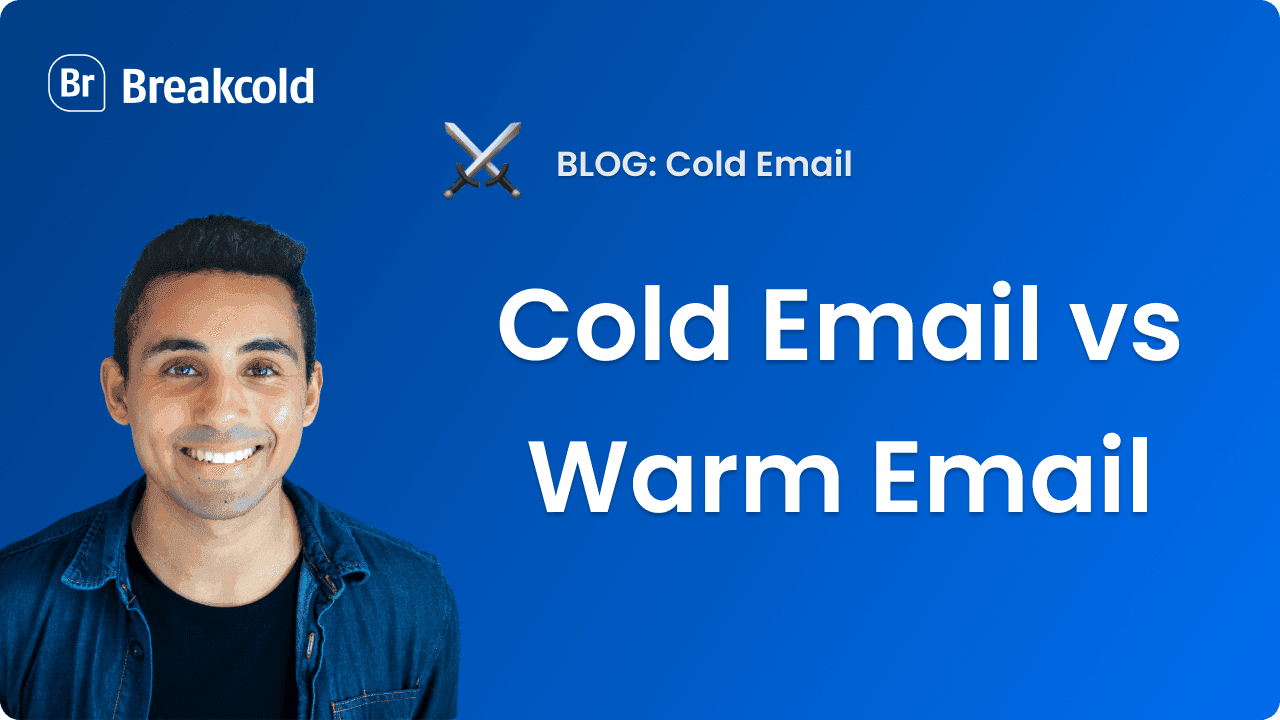
![16 Cold Email Templates Analyzed [With Results]](https://framerusercontent.com/images/CBPQmFpmnajBApWIELUI13JBgY.png)
![How to Use Cold Email PS Lines [With 6 Templates]](https://framerusercontent.com/images/HiMRqeegrzczrBTKfyzYWlMk.png)
![How To Write A Good Cold Email Sales Pitch? [With Pitch Examples]](https://framerusercontent.com/images/rSunMOwVfvPxOLXdxRR7dixHTs.png)
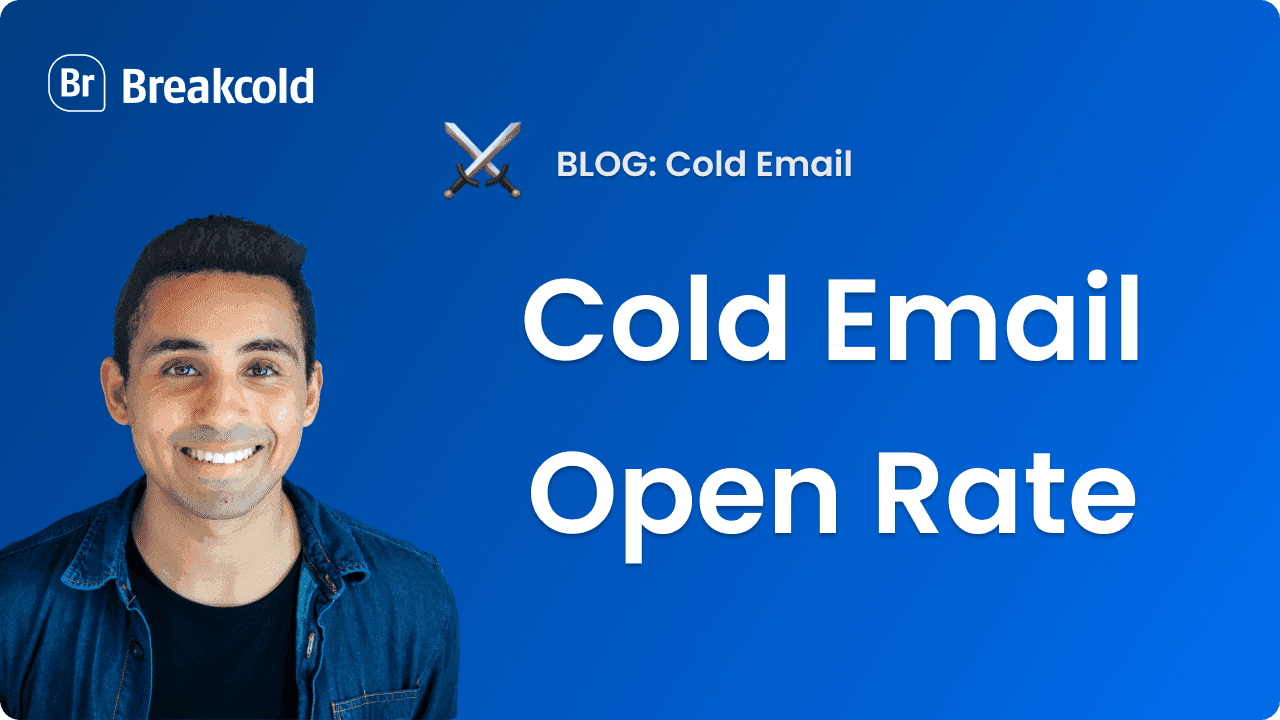
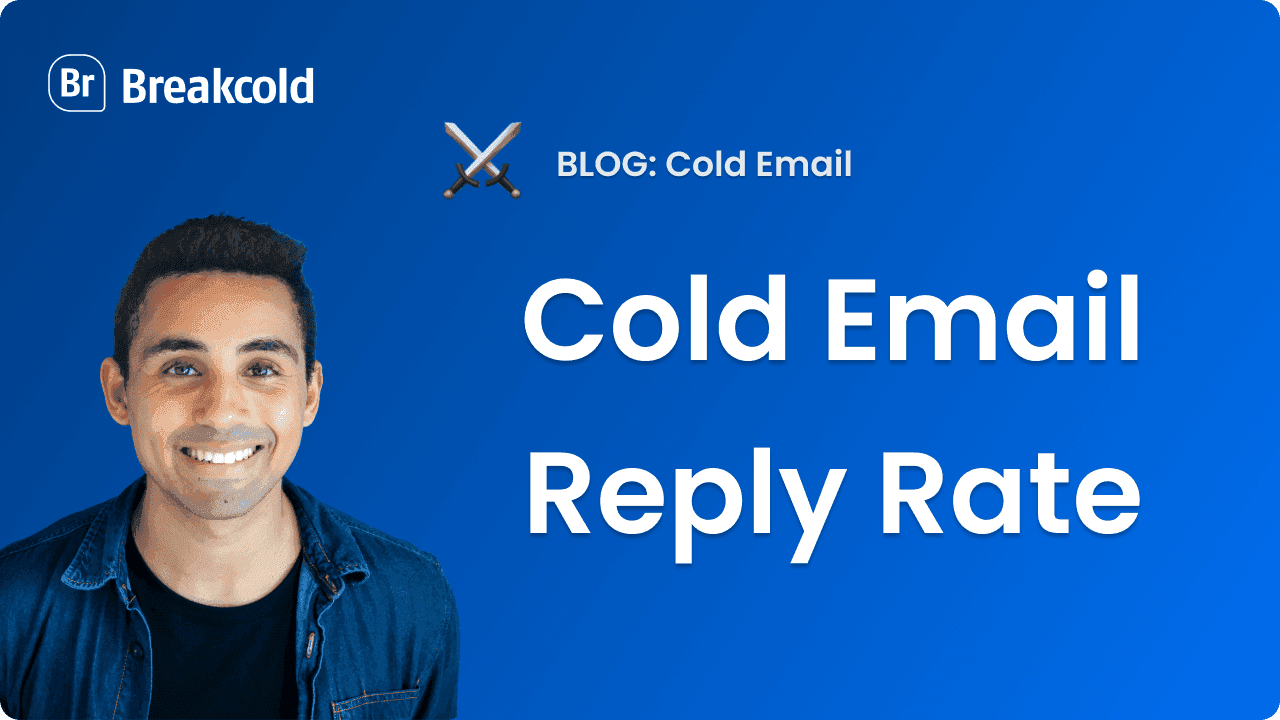
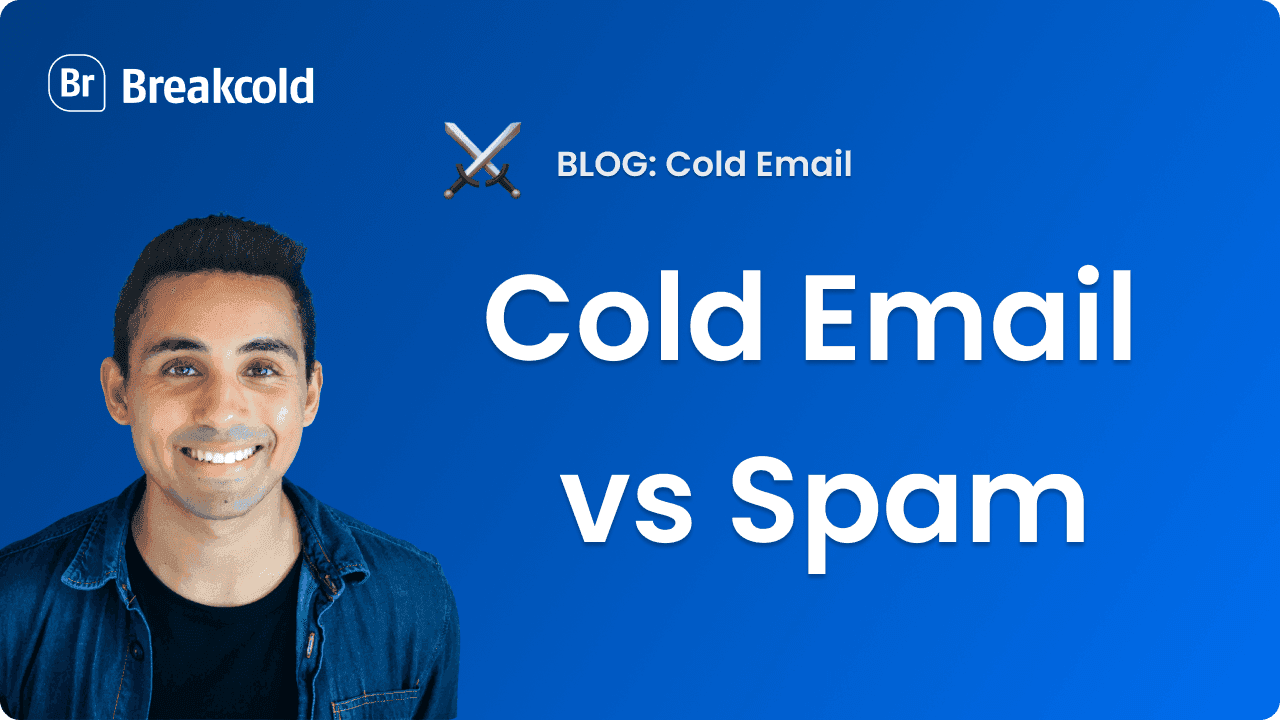
![Cold Email Subject Lines Secrets [18 Real Life Examples]](https://framerusercontent.com/images/cY6xDXi7lGiZF0P1XXDz5xw3E.png)
![56 Cold Email Tips [ACTIONABLE in 2025]](https://framerusercontent.com/images/0NjFhKHjhnNurwHQwfXNsjrxU.png)
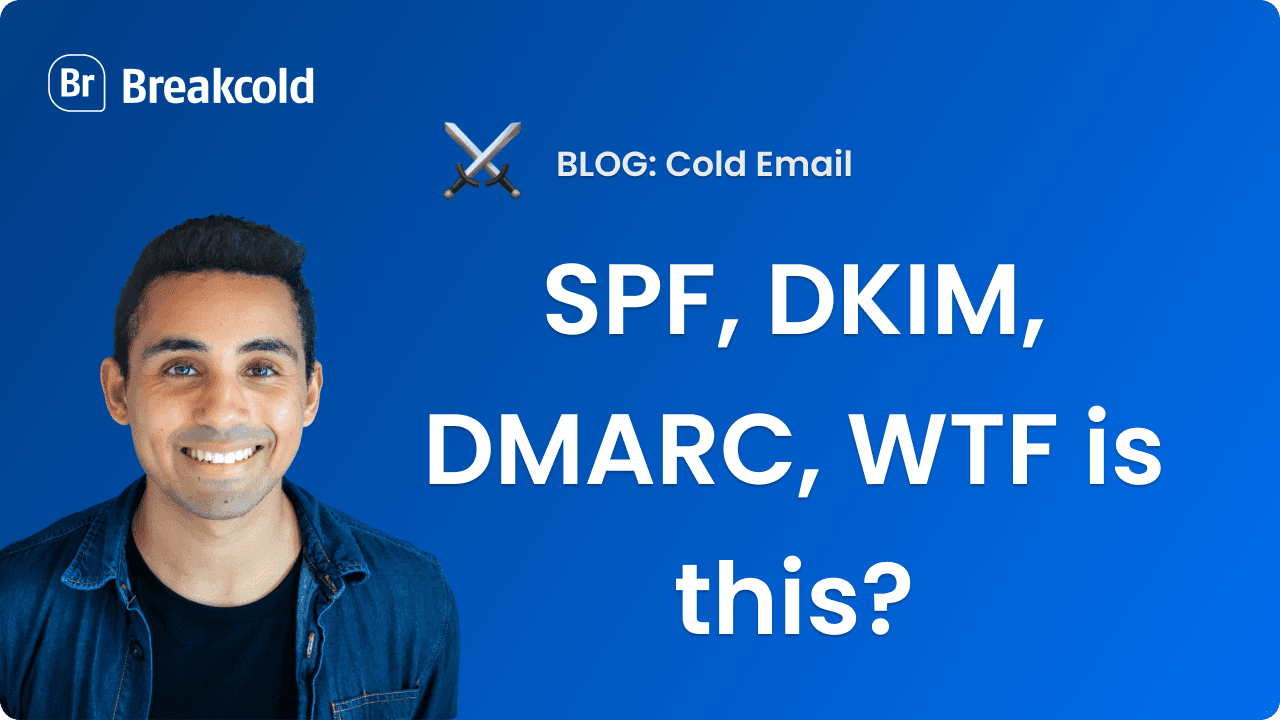
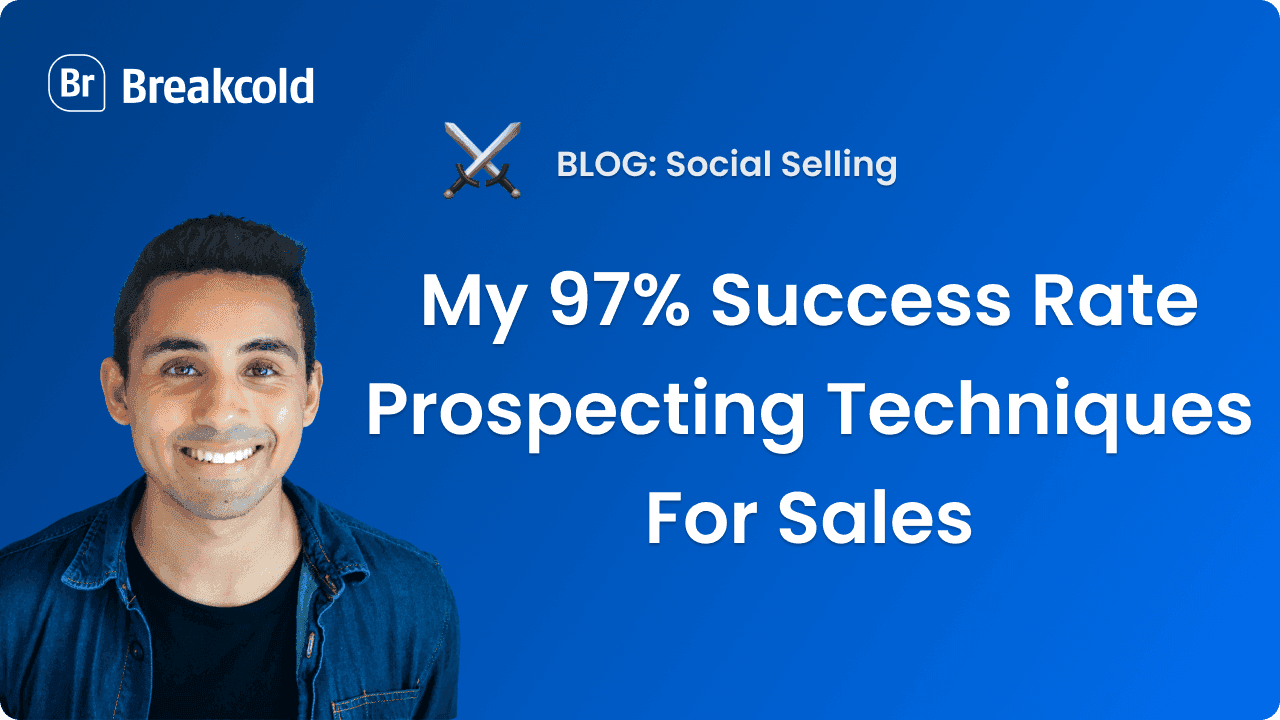
![How To Set Up Cold Email Custom Domain Tracking? [GUIDE]](https://framerusercontent.com/images/8pRglOUPyV48kBsr9pX5RUi40.png)
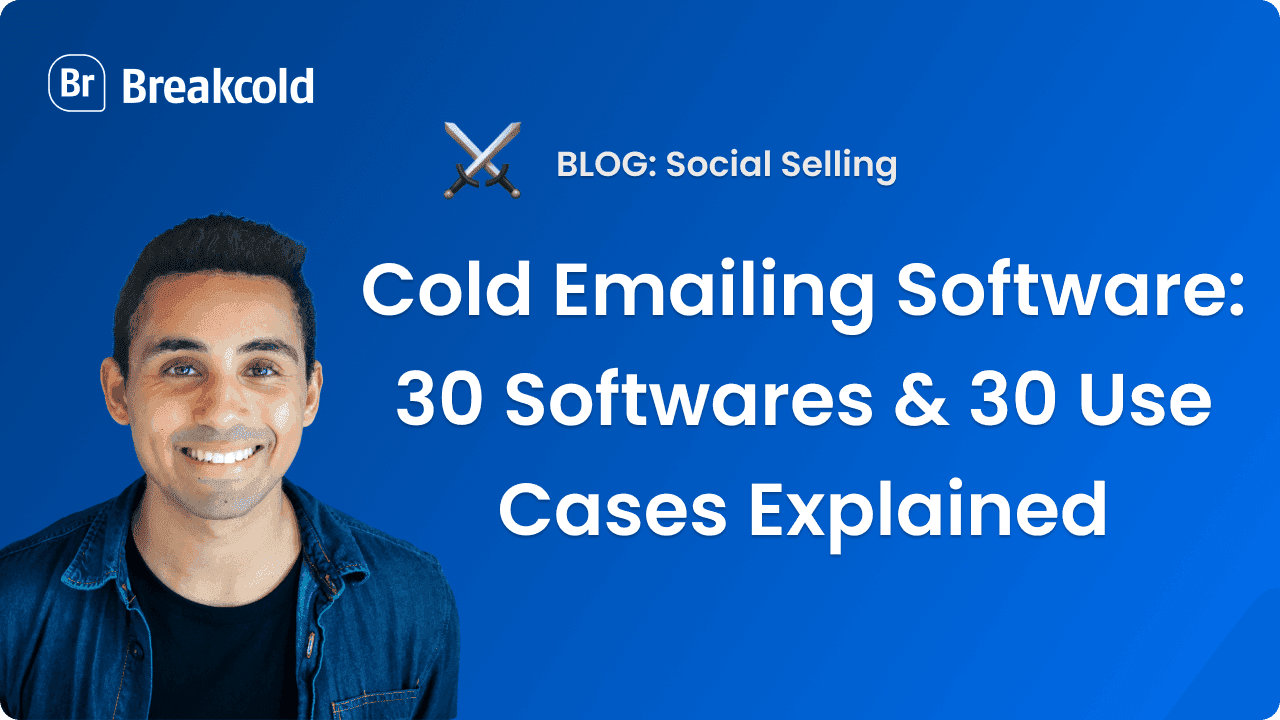

![Is Cold Email GDPR Compliant? [Is It Legal?]](https://framerusercontent.com/images/qqlKfefjQWJnyBzFqEvOlIq0wo4.png)
